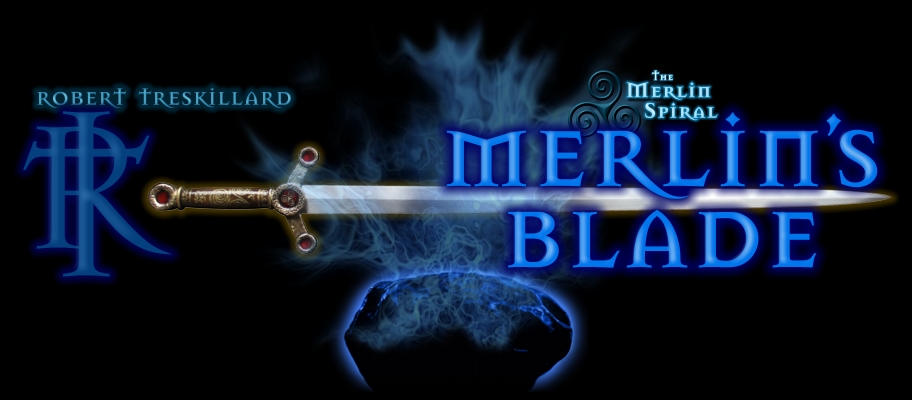Making the Reader THIRST! – Part 5
Note that all of these THIRST values can be thought of as “entertainment” values. How much entertainment is the novel providing at that point.
Calling them “entertainment” is really the only way to push what would appear to be the opposed values of “terror/fear” and “humor” together in one category.
The underlying concept is that these can keep a reader interested in the book and “thirsting” for more.
One of the issue with a graphing system like this is that each author uses different ways of classifying their scenes. We all think different, and so the specific numerical totals of different authors are not as important as the “curve of the graph”.
For instance, my daughter graphed her book, but her numerical totals were much higher. Did this mean that her book was more interesting than mine? Not necessarily (but could be!). She used higher values in general. This means that different authors might grade differently, and the only way to compare graphs created by different people is by the “curvature”, not by how high the numbers get.
If you wanted to really compare two books numerically, it would have to be graded by the same person. This is one of the limitations of the system.
Once my book is finished I plan on putting empty boxes at the end of each scene to have test readers grade by these values. (I probably will simplify it to just Tension, Romance, and Humor. Incident and Terror/Fear I think of as special types of Tension. Someone rating the scenes wouldn’t need to worry about those subtleties.)
This would allow me to see how a reader rates my book as compared to myself. A scene that I think causes high tension may not for them, and vice-versa. That would be of value for me to see where they think the novel is flat rather than just get a generic shrug of the shoulders.
Anyway, these are just ideas and may have value for some but not for others!
